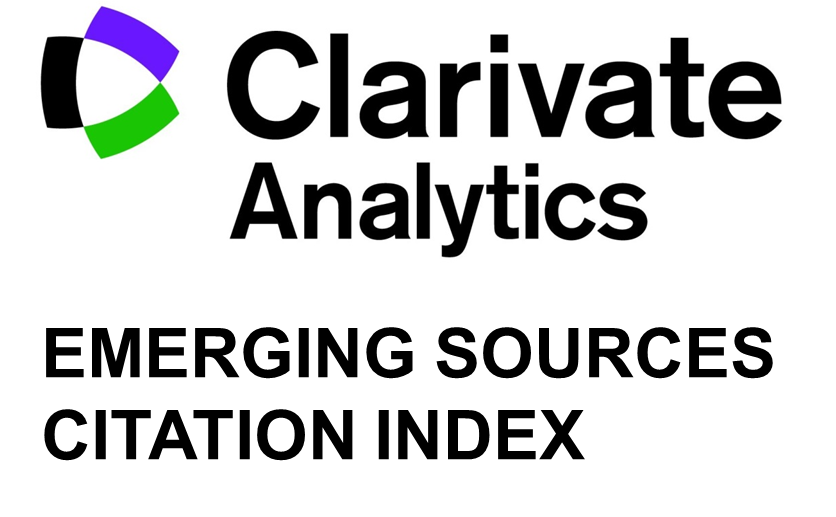Uncertainty decomposed: understanding levels of contingency to enable effective decision-making
DOI:
https://doi.org/10.5937/StraMan2400003GKeywords:
uncertainty, contingency, decision making, strategic management, knowledge, epistemologyAbstract
Background: Uncertainty is a common challenge in managerial decision-making, especially when it comes to predicting future states, establishing cause-effect relationships, and having knowledge about relevant variables. However, it is difficult to deliberately address different types of uncertainty by applying specific decision-making strategies and hence enable reduction of uncertainty due to overlapping definitions and conflicting operationalization of the uncertainty construct.
Purpose: The paper aims to delineate types of uncertainty along their epistemological configurations in terms of specific knowledge contexts to enable choices of suitable strategies for specific decision-making situations.
Study design/methodology/approach: A literature review revises and discusses concepts of (un)certainty based on (im)perfect information and objectively/subjectively available assemblages of knowledge.
Findings/conclusions: The paper provides a framework that encompasses and differentiates configurations of available information and knowledge applicable to decision-making situations. In order to achieve construct clarity and to free the original concept of uncertainty from conflicting definitions and heterogeneous operationalizations, the umbrella term contingency is introduced. It encompasses all states of (im)perfect information and variations in their epistemological configurations. Finally, the presented epistemological framework delineates levels of contingency along specific qualities of available information. The identified and discussed levels of contingency are certainty, risk, uncertainty in the narrow sense (i.n.s.), complexity, ambiguity/equivocality, and isotropy/radical uncertainty. The delineated levels of contingency help to tailor decision-making situation to specific epistemological configurations and hence may serve as a starting point for concluding and developing appropriate strategies to reduce contingency.
Limitations/future research: A holistic understanding how to deal with and solve contingency requires further research focusing on aligning levels of contingency with strategies for decision-making (algorithms, causation, effectuation, bricolage, improvisation, trial & error) by taking types of knowledge (structural, procedural, conceptual) and contextual factors (e.g. time, [origin of] resources) into account.
Downloads
Published
Issue
Section
License
Copyright (c) 2024 Sebastian L. Grüner

This work is licensed under a Creative Commons Attribution 4.0 International License.














